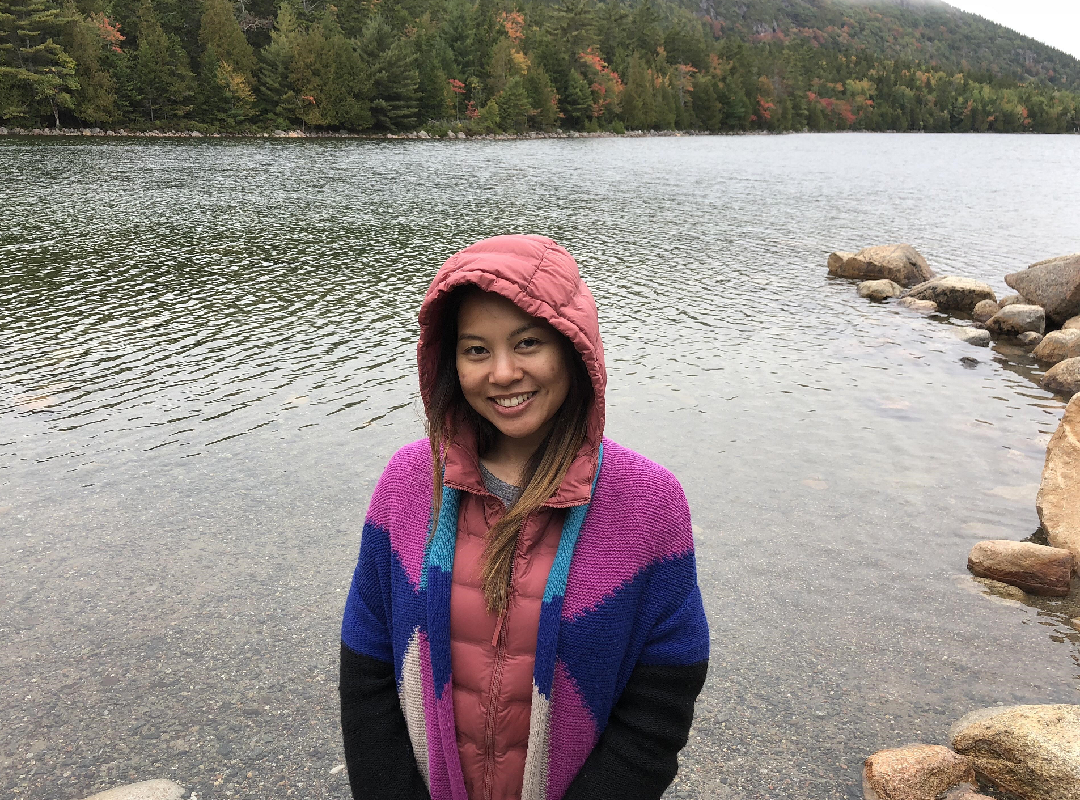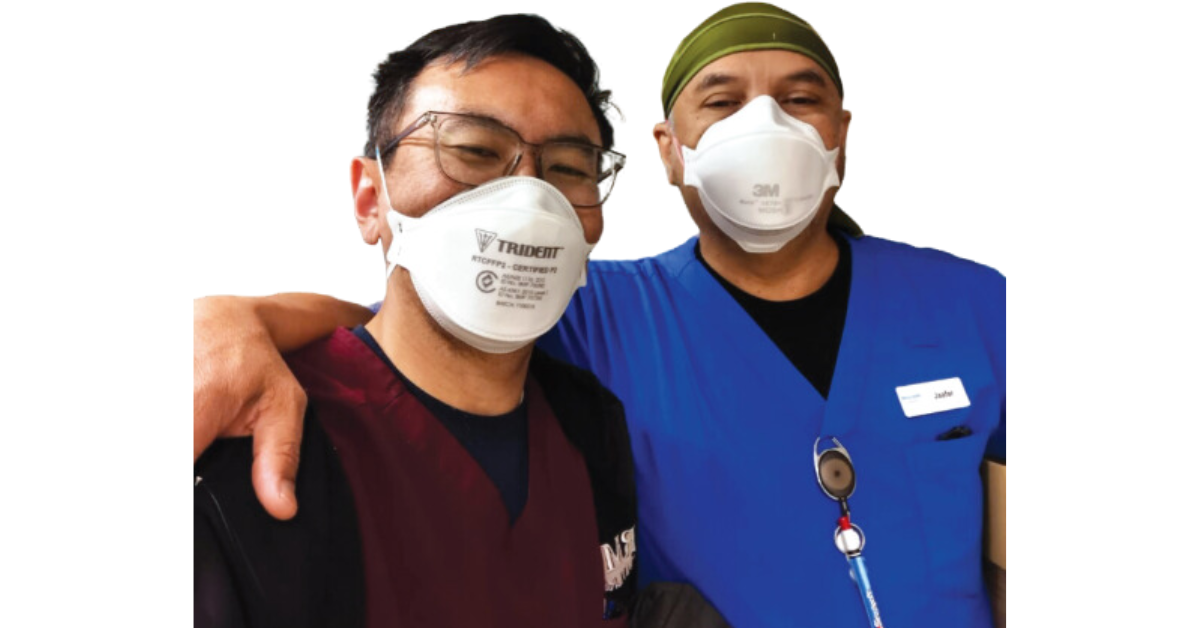It is well known that the global technology industry is dominated by men, but it is slowly taking steps to improve this gender imbalance.
A recent study[1] by the Boston Consulting Group (BCG) and Infocomm Media Development Authority shows that there is an increasing number of women in Southeast Asia studying tech-related degrees, and working in the technology sector as compared to their global counterparts.
These Southeast Asian women make up 32 percent of the region’s tech sector workforce versus the global average of 28 percent. The study also shows that this is likely driven by the booming tech industry, which has also attracted people from non-technology backgrounds.
Nadia Ahmad’s interest in technology began after watching the movies, ‘Hackers’ and ‘The Net’ back in the 1990s. She quickly became fascinated with the cyberpunk movement and later decided to pursue her tertiary education in Information Technology.
Nadia currently works in the Bay Area, San Francisco, and she shares with the Karyawan team the challenges she faces and the future technology sphere she envisions.
Q: Could you tell us more about yourself and your family?
Nadia: I came from a very modest background, growing up in Bedok North and the eastern side of Singapore (shout out to Simpang Bedok and the Blk 85 market!). My mom is a housewife and dad, a cab driver. I went to neighbourhood schools and received my Bachelor’s degree from University of London.
Q: How long have you been working and living in the US? What was the biggest challenge you faced when you first moved?
Nadia: I have been living and working in the US for eight years now. One of the things that stands out is how big this country is, and how spread out things are here. The biggest challenge for me is the lack of reliable public transportation system.
While most expats reside in the San Francisco city, I resided in the suburbs when I first moved to Bay Area. For someone who hails from Singapore and is so used to strolling to the nearest kopitiam, NTUC Fairprice, MRT station or walk-in clinic, the lack of accessibility to amenities really frustrated me a lot in the beginning. It made me obtain a driver’s licence in order to be more mobile.
Q: What does your job entail?
Nadia: As a Technical Project Manager at a membership-based primary care provider, One Medical, I am responsible for administrating the setup of IT infrastructures and hardware in new medical offices before they are open to public.
I must say it has been a rewarding feeling so far to be able to contribute to the US healthcare system.
Q: How do you overcome the challenges of working in a male-dominated environment?
Nadia: Having grown up around male cousins and being an avid sports fan, I am pretty used to being in a male-dominated environment. It felt almost natural when I first started working in IT operations.
Now that I have transitioned into project management, there is more gender diversity in my current field, which is a pleasant change.
Q: As the US is one of the most technologically advanced countries in the world, are there any new technologies that you have come across that are not available in Singapore?
Nadia: Do Tesla and SpaceX count? Other than that, I would say Singapore is as technologically advanced as the US.
Contrary to popular belief, the public sectors in the US are not as modern when it comes to adopting new technologies. It is the private sector or tech giants such as Google, Apple and Amazon that are trailblazing. There are a lot of disruptive start-ups and technology trendsetters that come from Bay Area.
Q: You have a deep passion for digital enablement and building smart offices. How do you envision the future working environment or offices to be like?
Nadia: The pandemic has caused a huge shift in the way we work. While there is a group of people who cannot wait to return to the office, an introvert like me would prefer to partake in a future work environment where one can be productive without having to commute to the office.
Video conferencing would be the way to go for team meetings and collaborations moving forward. And who knows, when the hologram technology becomes more advanced and commonplace, we can all be attending in-person meetings in a virtual office (like that scene in Avenger’s Endgame).
As you can tell, I’m inspired by the way Automattic – the company behind WordPress – runs its business. The company does not have a physical office and its staff collaborate almost exclusively online.
Q: What were some of the challenges you’ve faced while living and working overseas?
Nadia: I had to tone down my British English vocabulary a little because some people didn’t understand what I meant by ‘lift’ (elevator) or ‘lorry’ (truck), for example. Some Americans will not hesitate to correct you on your language or pronunciation; so, yes I had to adopt a bit of an American accent and sprinkle in American metaphors to blend in while conversing. It is different if one is simply visiting the country. I had to quickly assimilate with the locals in order to be better understood.
In the workplace over here, it is taboo to talk openly about politics or question anyone about their gender or religious affiliation. If one is not careful, it could lead to disciplinary action or harassment charges, which could lead to termination from employment.
Something that continues to bother me is the fact that Americans are allowed to own firearms. To see schools in the US having metal detectors at their entrances to ensure students do not bring guns in, is a foreign concept to me.
Another challenge is food. While there are plenty of good Asian food available, it is hard to find authentic Singaporean fares. And when you do find them, they are pretty costly. For example, a piece of prata here would cost US$10, a glass of teh tarik will set you back US$4-5 and nasi ayam can cost more than US$15.
Q: How different is the working culture and lifestyle in San Francisco compared to Singapore
Nadia: Although most Americans are as hardworking as us Asians, they are also very respectful of personal time off or mental breaks. The culture here leans more towards the honour system, so there is no expectation to produce a medical certificate if you are not feeling well or unable to report to work.
When it comes to hiring here in Bay Area, there is a big push for diversity. It is truly refreshing not to worry whether you are able to speak a certain language before applying for a job because in the US, it is discriminatory not to hire someone based on their religion, ethnicity or spoken language.
Q: Is there a Malay community in the San Francisco Bay Area?
Nadia: There is a small community of Singaporean Malays in the Bay Area. I personally know some of them who are either thriving in the food and beverage industry like Chef Nora Haron and Elly Greenfield from Satay by the Bay, or those who have great white-collar jobs in reputable companies.
We occasionally bump into each other during Singapore Day where Singaporeans gather to mingle and enjoy local cuisines, while commemorating our National Day.
Q: Are you able to maintain a work-life balance and how do you spend your free time?
Nadia: Most definitely! Work-life balance is something that is very much advocated and practised widely here. Before the pandemic, I spent most of my free time exploring the beautiful national parks and monuments, taking long scenic road trips and indulging in the culinary world.
During winter, I would take some time off to snowboard. Right now, I simply spend my time furnishing and decorating my new home that I recently bought with my significant other and our three kitties!
Q: What have been the highlights of your career or life in the US so far?
Nadia: When I was working at BCG in San Francisco, I was recognised for my hard work and contributions to the organisation; I won awards almost every year. That made me feel like it was worth being far away from home because as a minority, I know that my work truly matters because of meritocracy and not the colour of my skin.
I attribute part of my success to the work ethic that we Singaporeans have been accustomed to.
Q: Do you have any advice for Malay/Muslim Singaporean youths who plan to take the same path as you?
Nadia: Regardless of whichever path they choose to take, my advice to them is to try to leave their nests and experience living abroad. It is such an invaluable life lesson that is not taught in school. You will be forced to get out of your comfort zone and adopt a different perspective in life.
There is so much more out there than lamenting about train delays or flash floods. I certainly grew to appreciate Singapore a lot more now that I’m overseas. ⬛
1 NUMBER OF WOMEN IN SOUTH-EAST ASIA BEATS GLOBAL AVERAGE. THE BUSINESS TIMES. 2020, OCT 20. AVAILABLE AT: HTTPS://WWW.BUSINESSTIMES.COM.SG/GARAGE/NEWS/NUMBER-OF-WOMEN-IN-TECH-IN-SOUTH-EAST-ASIA-BEATS-GLOBAL-AVERAGE
Nur Diyana Jalil is currently an Executive at the Centre for Research on Islamic and Malay Affairs (RIMA), managing its social media, events and publication.








